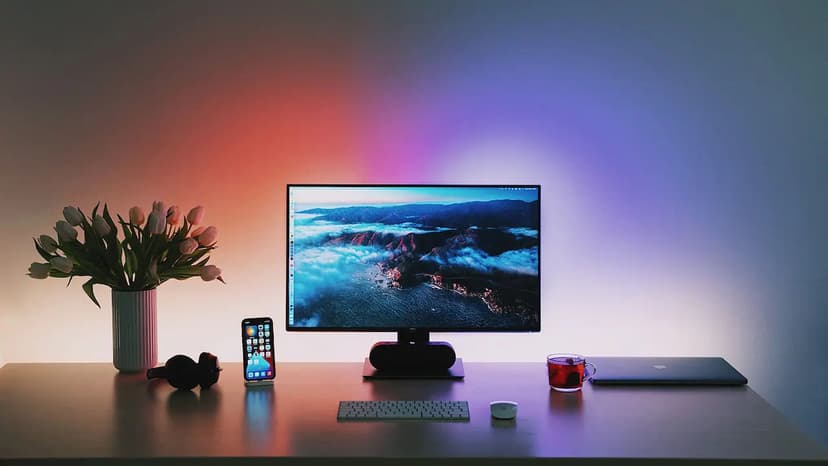Sick Leave and Paid Time Off
Sick leave is essential for employees when they encounter illness or need time for medical reasons. It provides necessary support during challenging times.
What Is Sick Leave?
Sick leave is time off that employees can take when they are sick, have medical appointments, or care for sick family members, all while maintaining their pay. It acts as a safety net, allowing individuals to recover without financial stress.
The Types of Sick Leave
There are two main types of sick leave:
-
Company-Provided Sick Leave: Some companies have specific policies detailing how much sick leave employees can take.
-
State-Mandated Sick Leave: Certain states require employers to provide a minimum amount of sick leave, often accrued based on hours worked.
Policies vary significantly, particularly about whether unused sick days carry over to the next year.
Can You Use Sick Leave as Paid Time Off?
Can you use sick days for vacations or personal days? While it might be tempting, sick leave is designated for health-related incidents. Using it improperly can harm your relationship with your employer.
On the other hand, Paid Time Off (PTO) is more versatile. Employees can use PTO for vacations, personal matters, or sickness. It offers flexibility to decide how to utilize time off, whether for leisure or recovery.
Sick Leave: A Yearly Guaranteed Benefit?
Some companies offer paid sick leave that, if not used, can convert to PTO at the year’s end. This is uncommon but beneficial for employees who stay healthy.
Understanding different companies' sick leave and PTO policies can be insightful. For example, Google is known for offering comprehensive benefits, which may include a favorable sick leave policy.
Sick leave is crucial for employees to rest when unwell. It serves a specific purpose: to support health, not as an additional pool of PTO. Responsible use of sick leave highlights a workplace that prioritizes employee well-being.












